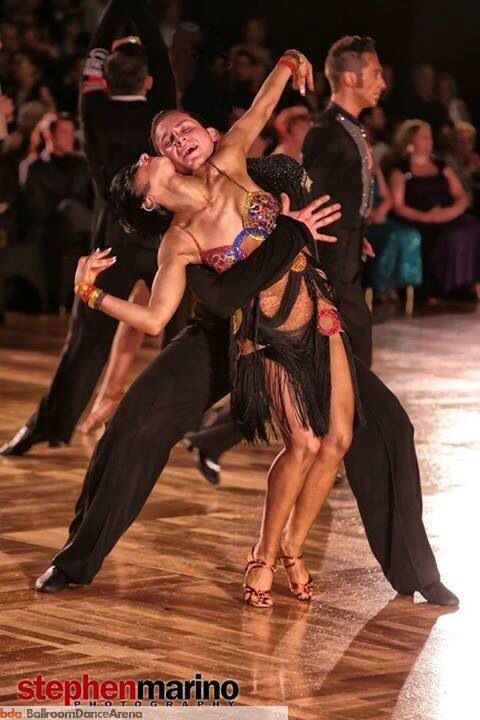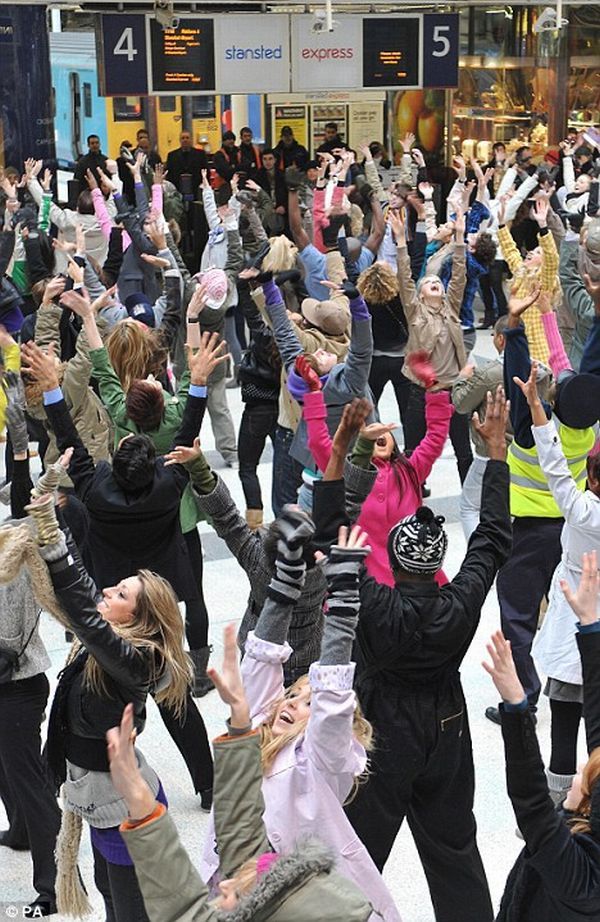How to dance kalamatiano
Kalamatianó (L*), Καλαματιανό/Syrtó, Συρτό – Greece – Folkdance Footnotes
*a Living dance is a 1st Generation dance that is still performed in the country of origin (or immigrant communities) as part of a social event like a wedding where others can participate (not for an audience) by people who learned the dance informally (from friends and relatives by observation and imitation, not in a classroom situation). For more information, click here and here.
Kalamatianó (pronounced kah-lah-mah-tee-ah-NOH, hence the accent over the last ‘ó‘) is the dance every Greek knows. If you’re only going to learn one Greek dance – this is the one – at least if you want to dance with Greeks. To learn Kalamatianó, it helps to know its older cousin, Syrtó. The relationship betewen the two will be explained below.
Syrtó (pronounced seer-TOH). The name translates literally as “to pull”, but more accurately as “to lead”. It’s considered the most ancient of Greek dances, going back possibly 2500 years. Syrtó is at its heart simply walking to a slow, quick quick rhythm. If a slow step is two beats long, and a quick step is one beat, then Slow, Quick Quick, (or S,Q,Q,) would be 4 beats (2+1+1). One Syrtó dance is 4 sets of S,Q,Q, 12 steps (16 beats) in total. Here’s a YouTube of a Greek high school class teaching Syrtó to Polish & Romanian students.
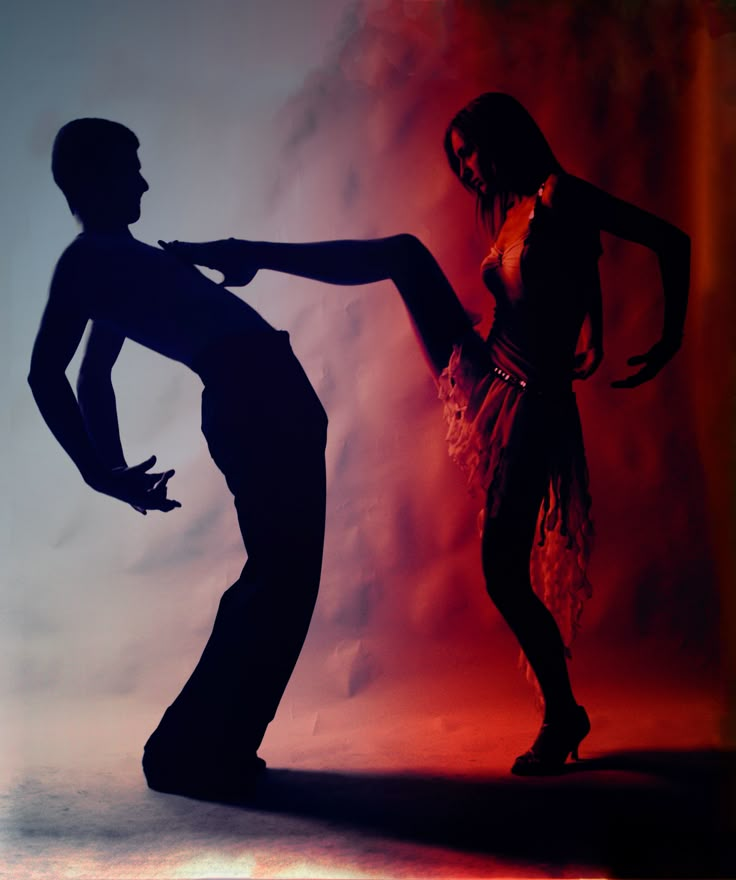 At the 3:29 mark, he stamps the slow beats for emphasis. At 3:58 he breaks the dance into walking (1st & 2nd S,Q,Q,) and step-cross-step (2rd & 4th S,Q,Q,). That’s the way I first learned this dance – 6 walking steps and 6 step-cross steps.
At the 3:29 mark, he stamps the slow beats for emphasis. At 3:58 he breaks the dance into walking (1st & 2nd S,Q,Q,) and step-cross-step (2rd & 4th S,Q,Q,). That’s the way I first learned this dance – 6 walking steps and 6 step-cross steps.At 4:38 the kids demonstrate the dance as it is done by most Greeks today. It’s still walking to a S,Q,Q, rhythm, but the feet are placed differently than if you were walking in a line.
Here’s another YouTube of a Greek-American teaching the same dance. She starts where the other link ends – with the dance as it is done today.
Here’s yet another YouTube that clearly shows where the feet go, though it’s not so good at showing the S,Q,Q, rhythm.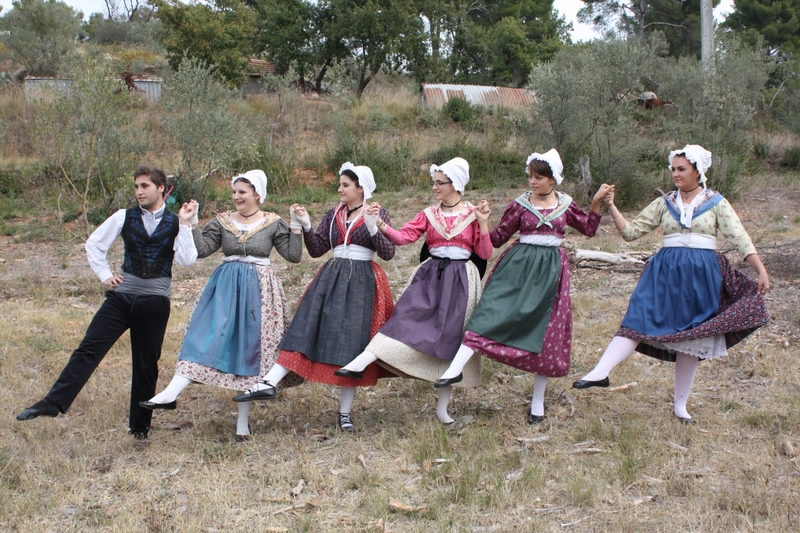
You may have noticed that I’ve been calling the dance Syrtó, but most of the YouTubes are labeled Kalamatianó. The footwork is the same, but the rhythm of the Kalamatianó music is slightly different. Syrtó is the older form, a steady 4/4 rhythm divided into Slow, Quick, Quick.
Starting in the 20th century, some songs using a different rhythm became popular – one of the most popular being a song about the city of Kalamata – where we get Kalamata olives from. It describes the handkerchief (mandili) of a Kalamata girl – a Mandili Kalamatianó.Whereas the Slow of Syrtó songs are 2 beats long, the Slow of Kalamatianó is faster – 1 1/2 beats. In musical terms, Syrto is in 4/4, while Kalamatianó is in 7/8 (8 fast beats equals 4 slow beats). Can you hear the difference between the two rhythms?
So technically Syrtó music is in 4/4, while Kalamatianó music is in 7/8, but Greeks today seem to use the two terms interchangeably – mostly calling the dance Kalamatianó while recognizing it’s a kind of Syrtó. To cloud the waters, there are MANY regional variations – Syrtó can refer to any dance in Greece with a S,Q,Q, rhythm where a leader ‘pulls’ a line. But for the sake of simplicity when I use the terms Syrtó or Kalamatianó I’ll be referring to THIS dance – the dance seen on this posting.
To cloud the waters, there are MANY regional variations – Syrtó can refer to any dance in Greece with a S,Q,Q, rhythm where a leader ‘pulls’ a line. But for the sake of simplicity when I use the terms Syrtó or Kalamatianó I’ll be referring to THIS dance – the dance seen on this posting.
Let’s look at a few more examples.
A variation on the basic step – the little guy can dance! https://www.youtube.com/watch?v=_a8XPTBRwkoMost Greeks don’t do anything fancy. Here’s a couple of weddings:
As you can see Greeks can dance this for hours!
Music for Kalamatianos
Wikipedia says: “Kalamatiano songs are many and popular – some of the more traditional kalamatiano songs are Samiotissa (The girl from Samos), Mandili Kalamatiano (Kerchief from Kalamata), Milo Mou Kokkino (My Red Apple), To Papaki (The Duckling), Mou Pariggile To Aidoni (The Nightingale sent me a message), Ola Ta Poulakia (All Birds), etc. An especially haunting example of the kalamatianos, Mekapses Yitonissa (Μέκαψες Γειτόνισσα), was recorded for the National Geographic Society‘s groundbreaking Music of Greece album, released in 1968.
For sheet music and lyrics for Samiotissa, click: https://folkdancefootnotes.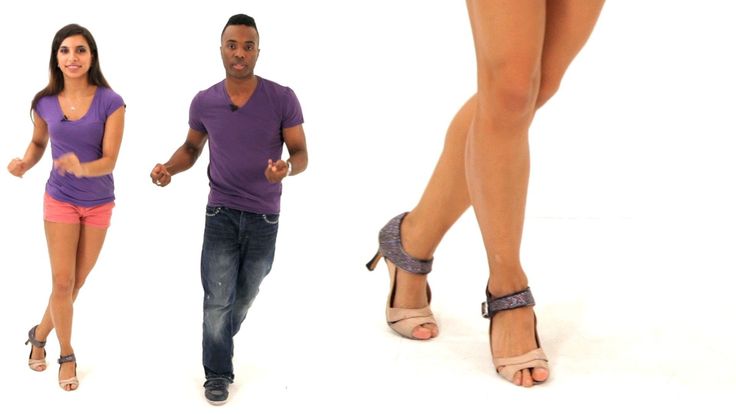 org/music/sheet-music/samiotissa-sm/ For Mandili kalamatiano lyrics, click: https://folkdancefootnotes.org/music/lyrics-english-translations/kalamatiano-mantili-kalamatiano-lyrics/ For Mandili kalamatiano sheet music, click: https://folkdancefootnotes.org/music/sheet-music/kalamatiano-mantili-kalamatiano-sheet-music/
org/music/sheet-music/samiotissa-sm/ For Mandili kalamatiano lyrics, click: https://folkdancefootnotes.org/music/lyrics-english-translations/kalamatiano-mantili-kalamatiano-lyrics/ For Mandili kalamatiano sheet music, click: https://folkdancefootnotes.org/music/sheet-music/kalamatiano-mantili-kalamatiano-sheet-music/
Like this:
Like Loading...
syrtos/kalamatianos - Greek Dance
We opened our class today with a couple of the basic dances that form the foundation of Greek folk dancing. Whether in Greece or he Diaspora these dances are the bedrock on which the fundamentals of the Greek dance were built. The Syrto σύρω, syro, "drag [the dance]"), along with its cousin the Kalamatianos, are the most popular dances throughout Greece and the Greek diaspora. They are frequently danced at popular social gatherings, weddings and religious festivals. The Syrtos and Kalamatianos use identical dance steps, but syrtos is in 4/4 time, quick quick slow and the kalamatianos is in 7/8 time, slow quick quick rhythmic dance beat and a pas deux pas cross step rather than the three step reverse commonly performed in the Syrto dance.
The Syrtos and Kalamatianos are circle dances. The dancers move in the right line of direction as is the case with most Greek dances. The dancer at the right end of the line is the leader who commonly will improvise, demonstrating the mastery of the dance and his ability to manipulate steps in impromptu moves while the rest of the line does the basic step. A handkerchief is the prevalence of choice especially when dancing the Kalamatiano.
The Syrtos dance is theorized to have originated all the way back to antiquity, to a relevant ancient Greek dance known as the "Ormos", literally "a string". Rennell Rodd (1892) suggests that the dance is an imitation of the action of drawing in the seine net. C. T. Dimaras describes an inscription from the times of Caligula, which implied that the Syrtos was considered an ancient Greek dance of local tradition.
Each region, particularly the islands, have their own version of the dance. But the common character of the dance remains the same. It is a line dance with the dancers facing the right line of direction and holding hands, moving to the right.
It is a line dance with the dancers facing the right line of direction and holding hands, moving to the right.
Syrto-kalamatianos
Kalamatianos syrtos and syrto-kalamatianos are the most popular Greek folkdance syrtoi in Greece, Cyprus and internationally. The steps of the Kalamatianos are the same as those of the Syrtos, but the latter is slower and more stately, its beat being an even 4/4. Traditionally, it was danced by segregated lines of men and women. The lead dancer usually holds the second dancer by a handkerchief.
Nisiotikoi syrtoi
Syrtoi from the Greek islands Syrtoi from the islands orelse nisiotikoi, with the relative local Greek culture of the islands.
Kalamatianos, Sousta, Syrtos from Ikaria, Pentozali, Pidikhtos, Rhoditikos, Syrtos from Symi, Skyrianos syrtos, Maleviziotikos, Samiotikos syrtos, Syrtos from Andros, Syrtos Chiotikos, Skopelitikos syrtos, Syrtos from Paros, Syrtos Kithnou, Syrtos Naxou, Zakynthinos syrtos, Syrto Rodou, a dance very widespread in Greek islands and other.
Syrtos Koftos
Is a Greek dance that is danced in the regions of Thessaly, Epirus and central Greece. The name of the dance comes from the cut in tune/music. It is a faster syrto sta dyo style fun dance. When the music stops the dancers yell "Hey". When the music stops you also can put your arms up, down, or clap. It can also be danced going backwards and forwards or with partners. "Koftos" in Greek means to cut and the music cuts periodically. This is how the name came about.
Herein below is a list of some of the main versions of the Syrto catagorized by the Greek City and Prefecture (County or Region) it comes from according to Wikipedia.
Cretan Syrtos
Kritikos syrtos means "syrtos from Crete." There are many variations to the dance; every village does it slightly differently. The choreography we use for performances has been developed for a specific piece of Cretan music. The movements of the Cretan Syrtos are calm, sober, and gentle. They constitute the respite before the battle, the resting of the soul, and calming of thoughts. The Syrtos is danced in a manner reminiscent of a religious ceremony that expresses the mystical aspects of life and death, passion and grief of the Cretan spirit.
They constitute the respite before the battle, the resting of the soul, and calming of thoughts. The Syrtos is danced in a manner reminiscent of a religious ceremony that expresses the mystical aspects of life and death, passion and grief of the Cretan spirit.
Syrtos Chaniotikos
The popular Syrtos Chaniotikos dance is danced to this song from the island of Crete. "The black clothes (of mourning) are as heavy as iron..."A religious dance where the dancer expresses himself with figures mostly on the ground rather than on the air. The region of Kissamos in Chania is considered by musicians and dancers as the source of the dance. We observe at the field researches that syrtos (as well as all Cretan dances) presents many variations from province to province and of course from prefecture to prefecture in Crete, a fact that brings out the richness of the music and dance tradition of Crete, but also the intense local expression of Cretans in all the aspects of their lives. We have recorded this dance at Kastelli of Kissamos in Chania.
We have recorded this dance at Kastelli of Kissamos in Chania.
Chortarakia (Syrtos Botaitikos)
A syrtos from Arcadia, it has become a pan-Hellenic dance. The older, two-part syrtos botaitikos from Palaiopyrgos (formerly Bodias) can also be done to this music. This older form of the dance features men and women in two separate lines, the men behind the women. They merge into one line of mixed men and women and then back to the two lines, using the ancient chain hold that can be seen on ancient Greek vase paintings. The song tells of a young man meeting an old man and asking, "Where are the greens of the meadow, the water from the well?"
Politiko Syrto
Politiko syrto is from the area of Constantinople (now Istanbul) in Asia Minor. Constantinople was referred as "the city" (or "poli") because of its importance as a seat of culture and trade in the civilized world. Syrto (from the Greek word "syro" meaning to pull or, more accurately, to lead) is characterized by its slow-quick-quick rhythm within its 4/4 meter. There is also a similar dance, the Silivrianos Syrtos.
There is also a similar dance, the Silivrianos Syrtos.
Syrto Kefallonias
This dance is from the island of Kefallonia in the Ionian Sea. Although most of the Greek islands originally were under the control of the Ottoman Turks, Kefallonia was ruled by the Venetians for several centuries. Thus this dance has a springy, almost Italian quality.
Syrtos Dance From Bornova (Bournovalios Syrtos)
This is danced to a song entitled Ti Tha Yino, Ego Me Sena ("What Shall I Become, I with You?"), the story of an erstwhile courtship:
What am I to do with you Panayiotis? You’ve stolen my heart and youth. For three years now you’ve enslaved me and you’vetormented me, but I’ve got your game now, you liar, and know that you’ve no feelings for me. You come to my neighborhood to chat with me, and you come and go in my house and laugh behind everyone’s back. But you must know that my mother will not be ashamed to tell you that you’re a liar and a scoundrel. You better leave before she sees you, and face it, she’ll kick you out, Panayiotis. Then she’ll marry me off to someone else, and I’ll be freed from you, Panayiotis.
You better leave before she sees you, and face it, she’ll kick you out, Panayiotis. Then she’ll marry me off to someone else, and I’ll be freed from you, Panayiotis.
Syrtos Sinkathistos
Circle pidikhtos dance, with the steps of simple "syrtos" and the squat-steps of "sygkathistos", a syrtos dance widespread in Thessaly and Thrace.
Syrtos Makedonias[edit]Syrtos of Makedonia, is another one form of syrtos, danced in the region of Makedonia.
Syrtos Pyleas
This dance is from a village in Macedonia called Pyleas. We call one of the variations "arm aloft," as dancers raise their arms rhythmically over their heads and back down again. The Dance is mainly done by women.
Syrto Bafra
Also known as Omali, in the Kerasounta/Giresun region, this dance is called syrto, karshilidiko omal, lakhana (after the name of the song, which means cabbage),kerasountaiko or kotsikton kmal, widespread in Asia minor. It is a 9/8 rhythm and bears no resemblance to what we usually call syrto, which is usually either a 7/8 kalamatianos or 8/8 rhythm. In this case, the name most likely refers to the style, what we call dragging dances.
It is a 9/8 rhythm and bears no resemblance to what we usually call syrto, which is usually either a 7/8 kalamatianos or 8/8 rhythm. In this case, the name most likely refers to the style, what we call dragging dances.
Pomasko Syrtos/Kalamatianos
This is a dance of the Muslim Pomaks of the Balkans. The first part is identical to the Greek Kalamatianos. Time 7/8, slow quick quick (SQQ), 3 + 2 + 2.
Syrtos Tsirighetikos
This dance originated in the city of Chania in western Crete and is thus known on Crete as Chaniotikos.
Other Cretan Syrtoi
Kolympari, Selino, Mesogea, Pervolia, Rethymniotikos, Anogeia.
Other Syrtoi
Syrto Rodinou, Sytros Thrakis, Prevezianikos Syrtos and Syrtos Mesogitikos.
Kalamatianós
The Kalamatianós (Grzki: Καλαματιανός) is the only known dance in Gartzia. Tova e popularly Gracki folk dances for a long time in Georgia, Cyprus and in the international plan, and honorably wear out for many social gatherings around the world. Somehow, in the event of a folk dance, such a dance on the chain from the vertene back to the watch arrow, the dancers sit behind the hand.
Somehow, in the event of a folk dance, such a dance on the chain from the vertene back to the watch arrow, the dancers sit behind the hand.
Tova e joyful and festive dance; muzikalniyat mu ritm e 7
8 , divided into three parts from 3 + 2 + 2 strokes, corresponding to 3 mortars per bar. There are 12 steps in the ima dance, corresponding to 4 musical measures. These mortars include 10 mortars back to the clock arrow ("forward"), followed by 2 mortars along the slope to the clock arrow ("back"). Depending on the occasion and qualifications on the dance floor, some steps can be used to perform kato skokove or yelling.
Vodeshchiyat dancer usually hold the second dancer from a kurpicka, allowing him to perform more complicated steps and acrobatics. Step on Kalamatianós and take a look at Sirtos, but the latter is more powerful and majestic, which is evenly 4
4 .
Stew
- 1 History
- 2 Passionary influence
- 3 texts on songs
- 3.
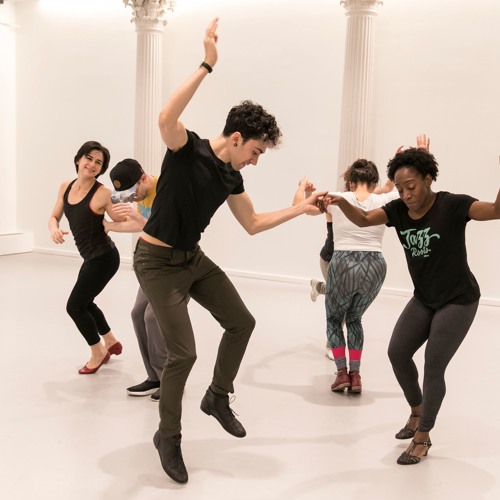 1 texts on songs
1 texts on songs - 3.2 Execution
- 3.
- 4 VITE
- 5 White White 9003 5 White White 9003 5 inserts
History
Roots in Kalamatianos may have intentions in antiquity. [ required e-citation ] Omir, in Iliad , describing three performances, directing near the copyto to Akhil koito depicting a dance in an open circle. The ancient Spartans imache dances, named ὅρμος hormoni , some more dances in sirto style, described in detail from Xenophon, a wife, take her husband to a dance with the help of a kurpicka. Lucian declaring that ormos the dance was performed in the round and right from the young husband and wife. Mzhete shchaha and dance energetically, dokato marry the dancer with modest movements. [1]
Named Syrtos O Peloponisios . Wrinkled behold, what was added was kalamatianos from the county of Kalamata in southern Georgia; povecheto gracki dances are usually sacramental at the village or region, from which it is considered that they originate. [2]
[2]
Sing a lot of and popular songs in Kalamatiano sa Samiotisa (Momicheto from Samos), Mandili Kalamatiano (Karpa from Kalamata), Milo Mou Kokino (Chervenata mi yablka), Do Papaki (Patentseto), Mou Pariggile To Aidoni (Glory to me isprati message), Ola Ta Pulakia (Birds of the Birds) and others. Mekapses of Yitonis (Μέκαψες Γειτόνισσα), recorded for the National Geographic Society, innovative
Kalamatiano play with special leads like Velikden and Swatby.
Contemporary influence
American jazz composer, Dave Brubeck, is well known for his research on asymmetric rhythms in his own music, using the Kalamatianos rhythm variant for his Unsquare Dance, despite being divided into two groups from 4, after 3 hits, instead of 3, after 4.
Popular singer from the 60s, known for writing and singing songs, Ruby Love 7
8 Time with a distinctive hazelnut flavor. Stevens, somehow in a kasno way of accepting Islam, ima Baschinsky gracki gracki roots. K'm edge on the film from 2002 Moyata golyama debela gracka wedding , actor sstav dancing kalamatianite according to the song "Ωραία που είναι η νύφη μας" (Orea Pou Ine I Nifi Mas / Kolko beautifully e our marriage) Tula.
Stevens, somehow in a kasno way of accepting Islam, ima Baschinsky gracki gracki roots. K'm edge on the film from 2002 Moyata golyama debela gracka wedding , actor sstav dancing kalamatianite according to the song "Ωραία που είναι η νύφη μας" (Orea Pou Ine I Nifi Mas / Kolko beautifully e our marriage) Tula.
Lyrics for songs
Milo Mou Kokkino Traditional Kalamatiano songs from Western Macedonia.
why did you send me faded and bitter?
Idvam and si otivam, but you can’t give those intentions.
See through vi vinagi sa illumination
Pitam vashta vrata: "Where is your lady?"
„My lady is not tuk, the water is
, the water was fooled.”
VITESCHEC
- Armen dance
- Nurods
- Balonies
- Farician dance 9003 Boston Likeion Elinidon - Milo Mo Kokino Archived 2007-09-23 in Wayback car
- George H. Likesas [Γιώργος Χ. Λυκέσας].
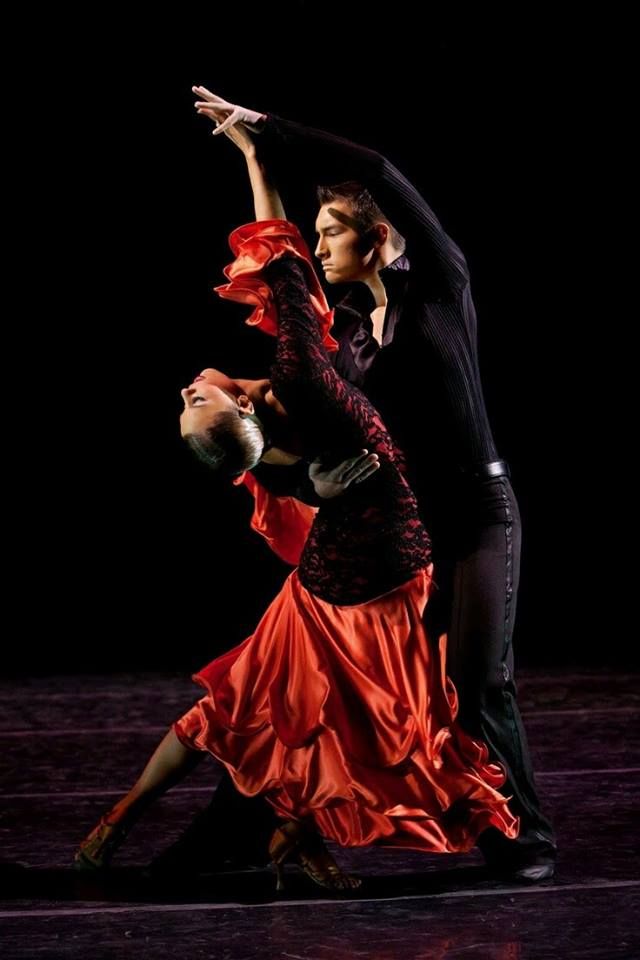 Οι Ελληνικοί Χοροί [Grack dances]. Solun: University Studio Press, 2nd edition, 1993.
Οι Ελληνικοί Χοροί [Grack dances]. Solun: University Studio Press, 2nd edition, 1993. - Yvon Hunt. The traditional dance in the Greek culture is traditional. Atina 1996
- Learn how to dance Kalamatiano
- Kalamatianos - Dance steps
Prepratki
Dance dance
- I'm sorry, Mr. Wu never answers in person. I'll report your call to one of his assistants. Leave your name and phone number. You will be called back as soon as possible,” the secretary answered almost automatically, as if a tape recording was playing in the receiver.
The millionaire did not want to be bothered even on the phone.
- Listen to me carefully. I will not repeat. If you do not want to lose your job within an hour, then I advise you to immediately find Mr. Wu and convey my words to him. He is waiting for this call. If you consider yourself important enough to refer me to his assistant, well, do so at your own risk.
The girl hesitated for a few seconds, then spoke:
- People with direct access to Mr.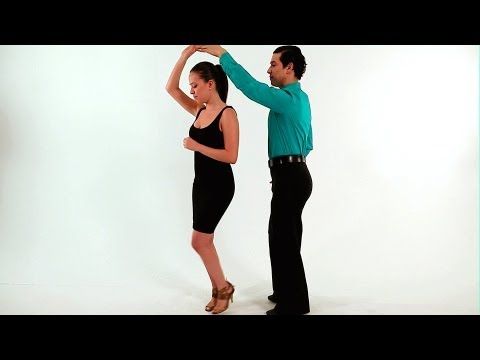 Wu know the secret code. When dialing it, the call goes directly to Mr. Wu. You don't know this code. I'm sorry, but I can only report your call to one of his assistants.
Wu know the secret code. When dialing it, the call goes directly to Mr. Wu. You don't know this code. I'm sorry, but I can only report your call to one of his assistants.
- Do whatever you want, but I would recommend that you start looking for a new job.
One minute, Mr. Aguilar. Do not hang up. I give you Mr. Eliot, Mr. Wy's assistant.
- Mr. Eliot? This is Renard Aguilar, director of the Helsing Foundation.
- What do you want?
- I would like to speak to Mr. Wu.
- Many want to talk to Mr. Wu. Are you something very different from others?
- I have a book that he might want to purchase for his collection. Tell him that I have in my hands a book with the words of a beloved disciple of Jesus. Pass it on to him. He will understand.
If the conceived combination had succeeded, then Aguilar would have got a fat piece - two million dollars without any tax deductions. The director of the fund was already looking forward to the pleasures that were about to become available to him.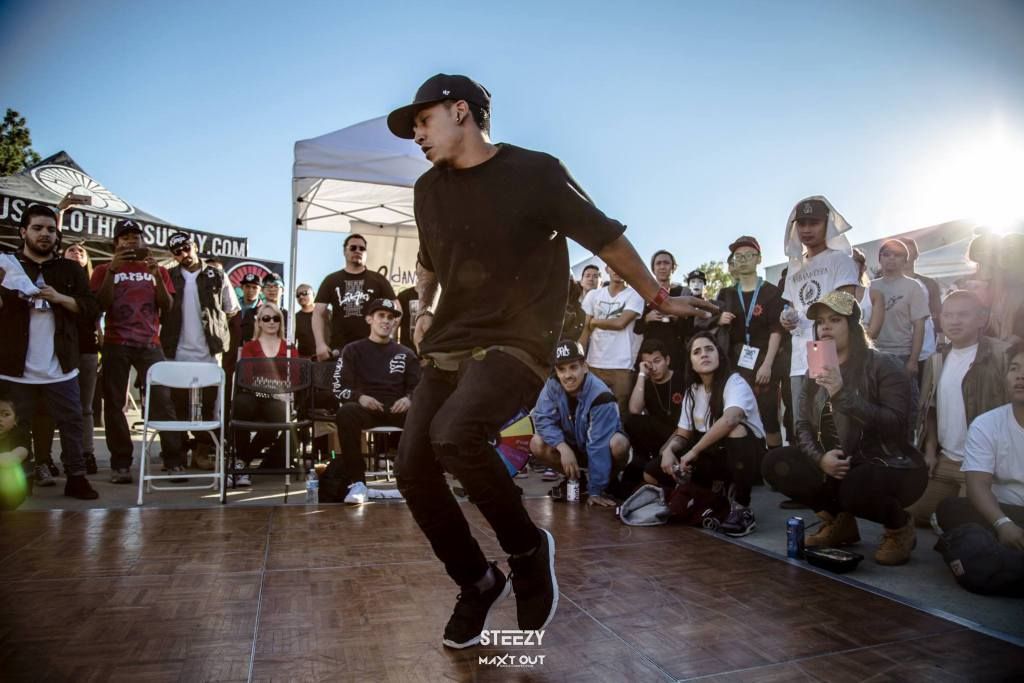 A flashing red light on his phone brought him back to reality.
A flashing red light on his phone brought him back to reality.
— Yes?
— Your suggestion? “It was Mr. Wu in person.
- Mr. By! Here's a surprise! I was beginning to think you weren't interested in the book of Jude.
- I just fired the idiot for not connecting you with me, Mr. Aguilar. As you can see, on the way to my goal, I stop at nothing. Now my goal is to get the book of Jude, which is in your fund.
- Didn't expect you to fire your secretary.
— Okay, enough about her. So what can I do?
- I offer you a good deal.
- Let me judge the profitability. You have fifteen seconds to convince me.
— I have a book.
- Ten seconds.
- It probably contains the words of Judas Iscariot, the apostle.
- Five seconds.
- You can become its owner.
— Now I am ready to listen to you. How can I be sure that you really have the book?
- Not from me personally. The Helsing Foundation is engaged in its restoration and translation. I know you wired ten million dollars into a Swiss bank account so the Vatican could buy it. I suggest you get ahead of them. You know the value of the book. I can make it part of your collection.
I know you wired ten million dollars into a Swiss bank account so the Vatican could buy it. I suggest you get ahead of them. You know the value of the book. I can make it part of your collection.
— Are you sure that the Vatican will allow this?
- They won't find out about anything unless you tell them yourself.
- What prevents me from calling them right away and notifying them that you are offering me the object of their desire? As you well know, Cardinal Liénard will not meekly pray in St. Peter's. If I agree to your proposal, we will both be persecuted. I am well protected. And you?
- I'll deal with it myself. With two million dollars, you can hide from anyone, anywhere. I'm sure you'll enjoy holding the Vatican boys by the balls and thinking that it could have been the other way around. So, are you interested in the book?
— How much will it cost me to, let's say, grab the Vatican guys by the balls?
— You know how much this book costs. If made public, it would shake the foundations of Christianity and undermine the prestige of the church. Let me take two million out of the ten million you transferred to the account.
If made public, it would shake the foundations of Christianity and undermine the prestige of the church. Let me take two million out of the ten million you transferred to the account.
— How can I be sure that you won't offer it to anyone else?
- Mr. Wu, you offend me. I am a man of word and honor. Am I able to deceive you in a deal? I'm smart enough not to do it.
- My father used to say, "Don't let other people's discretion interfere with your own experience." If you try to deceive me, or even think about it, no one will ever hear from you again. I have laboratories in the Arctic. Experiments of such a kind are set up there that even my closest associates do not want to take part in them. This is due to the development of vaccines that protect against dangerous infectious diseases. There's always a need for guinea pigs. Do you understand me, Mr. Aguilar?
- Understood very well, Mr. Wu. I'll call you in a couple of days when the book is in my possession.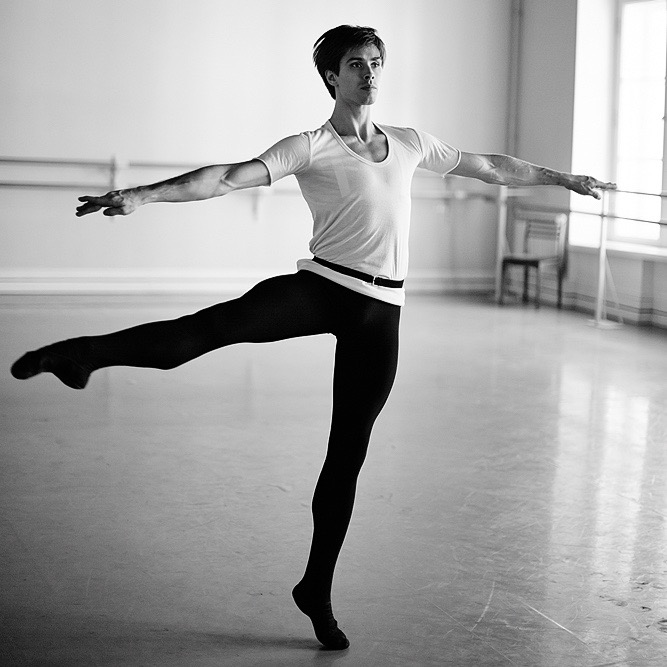
- Good. I would not like to run into any of your quirks and I myself do not intend to do so. If you deceive me, then I will order you to pull out your nails - slowly, one at a time. There are no more obstacles from my side. Let them not be with yours either. And the billionaire hung up.
The combination was becoming clearer and clearer. It was perfect, like the movement of a Swiss watch.
Aguilar took out a caramel and put it in his mouth. He intended to sell the book to Delmer Wu and at the same time inform Liénard that the magnate had allegedly twisted him around his finger. The director of the fund knew the cardinal well and reasonably assumed that he would not let the Chinese slip away with the ancient code. The game was dangerous - it was like dancing with a grenade in your hand with the pin pulled out. The slightest awkward movement - and it will explode in the hands. Aguilar did not want this at all. It was much more pleasant to think about how two million were swimming towards him and getting closer every minute.
IX
Florence
The car covered the distance from the city of canals to Florence in two hours.
- Francesco, I'll be staying at the Grand Hotel Villa Medici, it's on Via Il Prato.
- I know, signorina Afdera, Rosa told me. We will take Via Borgo Ognisanti and from there Via Il Prato is within easy reach.
- Drop me off at the hotel and you can return to Venice.
— How will you go back?
Don't worry. I'll take a taxi back or rent a car. If you stay here, Rose will be on pins and needles.
A few minutes later the car crossed the Arno via the Amerigo Vespucci bridge and pulled up to the hotel. Once in the room, Afdera went to the phone, but he suddenly rang himself. The girl picked up the phone and heard Max's voice:
- Hi, Afdera.
- I can't believe it. How do you have the nerve to call me? You suddenly disappear, then appear and still count on a warm welcome?! By the way, how did you know I was here?
- The CIA helped.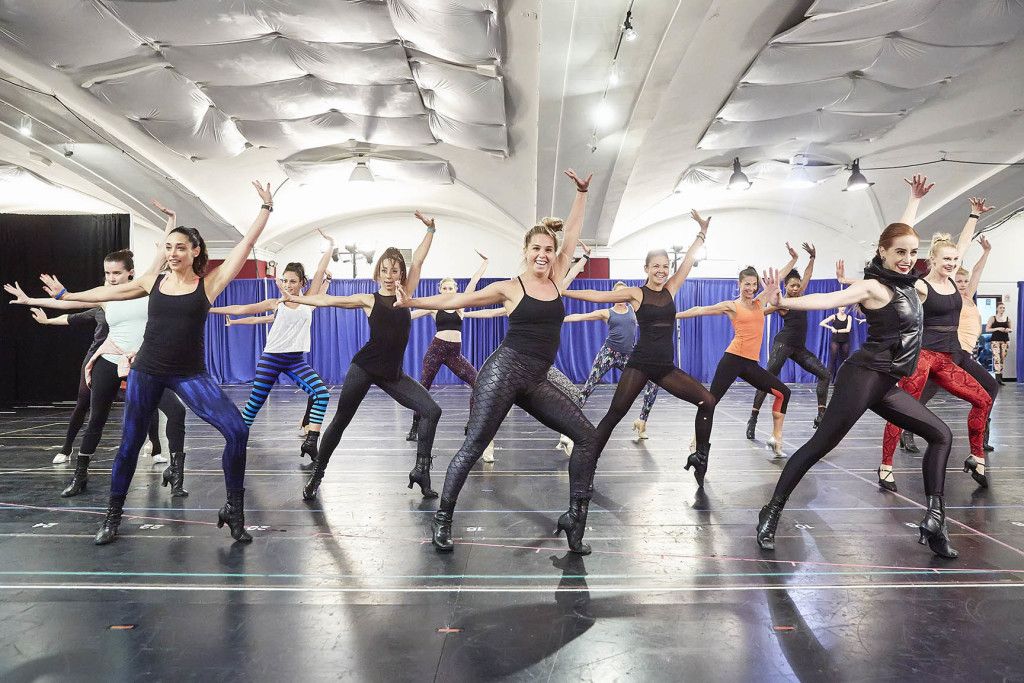 They are watching you from the satellite. - Max expected to defuse the atmosphere, but Afdera was not in the mood for jokes.
They are watching you from the satellite. - Max expected to defuse the atmosphere, but Afdera was not in the mood for jokes.
- Don't even think about getting out. In Bern you ran away from me as fast as you could and didn't explain anything. I don't want to suffer all the time. I like you, Max, and you know it. But I don't want to suffer all the time, endure pain.
- Will we see each other, or should I disappear? I am here in Florence.
- It's better to disappear.
- When will I see you?
— Tomorrow I meet Leonardo Colaiani at the university. He is an expert on the Crusades and knows a lot about the book of Jude. If you want, let's go together.
- With pleasure. When do we meet?
- Come to my hotel by ten in the morning. We'll have breakfast, then we'll move on to Kolayani and see if he's hiding anything. How do you like this plan?
— Excellent. Shall we have lunch later?
- Only if I find out why you are running away from me.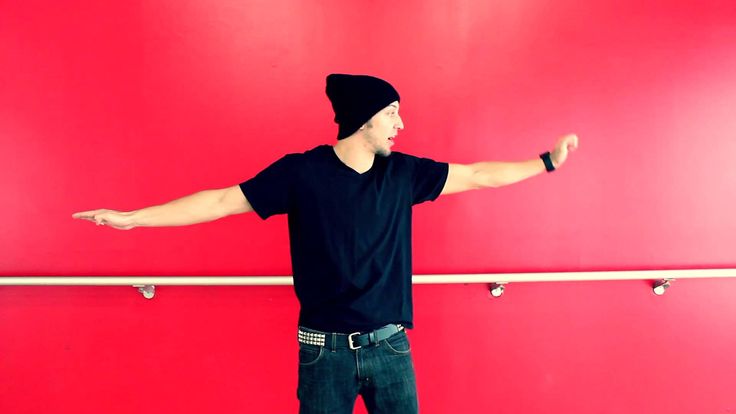
- I'll explain, I promise you. By the way, I learned about the hotel from your sister. I called and Assal advised me to rush to Florence as quickly as possible. I imagine that she imagined.
— Maybe she has a better idea of everything than you and I. See you tomorrow, Max.
See you tomorrow, Afdera.
After this conversation, the girl could not fall asleep at all. She had a lot to find out from Kolayani and even more from Max. Afdera really wanted to get clear, precise answers to her questions from them.
Finally, she called for patience, a considerable dose of sleeping pills, and fell asleep, so deeply that the phone call did not immediately wake her up.
- Good morning.
- Good morning, Max.
- I'm waiting for you downstairs at Sala Katerina. Hurry up.
- Order me a strong coffee. During a conversation with Kolayani, I have to think well. I'll take a shower and go down.
Forty-five minutes later, Afdera entered the dining room.
— How are you, Max?
Cronauer stood up and kissed the girl on the cheek:
— Nice to see you.
- I love you too. Where were you, what did you do?
- From Bern went to London, where he worked on Aramaic texts from the British Museum. In addition, the Syrian government has offered me the job of translating manuscripts recently found near Palmyra. It will take a whole year.
- Will you work for Hafez al-Assad?
— No. I will have to work on Aramaic texts found by chance near Palmyra, which happened to be in Syrian territory. If scientists did their business only in democratic countries, then they would not be able to reveal the secrets of the pharaohs, explore the ruins of Baalbek, Palmyra and Babylon, touch the Great Wall of China. To wait for democracy to reign in these places would be to postpone the study of most of the antiquities for whole millennia. But tell me, who is this Kolayani?
- He worked on the provenance of the book of Jude with Charles Eoland, an associate of the Oriental Institute in Chicago, one of the most prominent experts on papyri.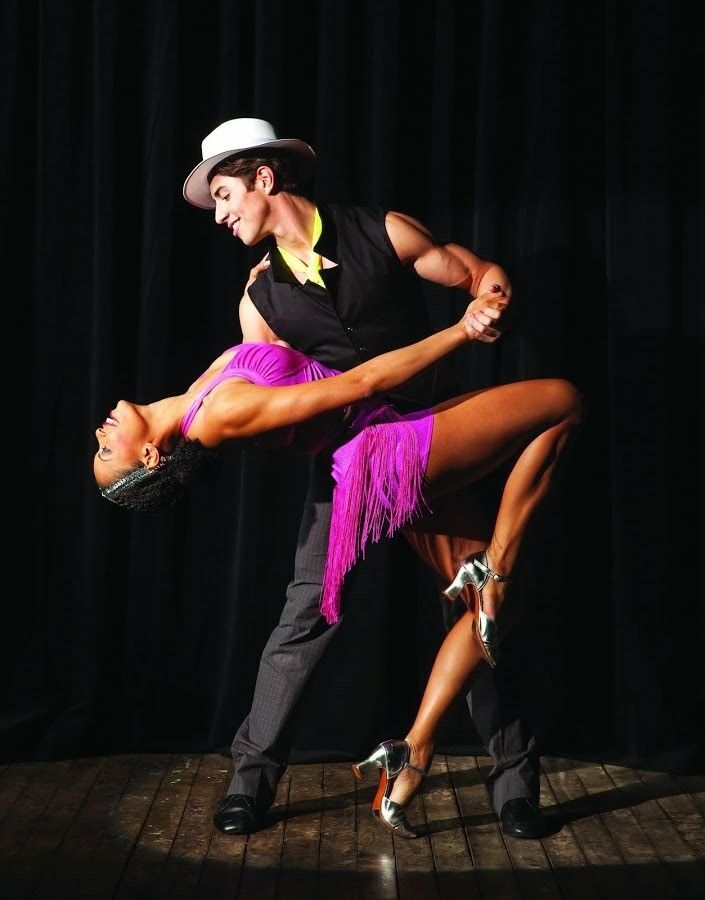 Kolayani is a well-known expert on the Middle Ages, the author of many books. He lectures at the local university. Both of them worked for many years for a mysterious Greek named Vassilis Kalamatiano.
Kolayani is a well-known expert on the Middle Ages, the author of many books. He lectures at the local university. Both of them worked for many years for a mysterious Greek named Vassilis Kalamatiano.
- I have heard a lot about him, but I do not know how true these rumors are.
- Eoland and Kolayani tried to trace the book from its creation to the present day, but I don't know if they managed to discover anything important. Rezek Badani, a friend of mine who is a dealer in Cairo, said that a meeting with Calamatiano might shed light on the history of the manuscript. That's why I'm here. Afdera took a long sip of hot strong coffee without sugar.
— Do you think this person will just give you the information you need? What if he does not want to speak or does not have the right to do so?
- Maybe so. But I will still try to talk to Kolayani and find out what he managed to discover. Let's go get a taxi. Afdera finished her coffee and put the money on the table.
— What if he doesn't want to speak in my presence?
- I will say that you are a major specialist in early Christianity. Your participation in the conversation is essential.
The university campus was full of students with books in their hands. Some went to class, others from class. Afdera, not without sadness, recalled the time of her studies.
- Are you yearning?
Did you ask something?
- Yes. Do you yearn for your student years?
- Probably yes. My grandmother sent me to study at Oxford and then to Jerusalem. In both these places, I lived as if in a closed crystal vase. Grandmother tried to ensure that Assalya and I existed in an artificial world. I didn’t understand much in real life, I almost didn’t know what my grandmother was doing. The naive girl was only interested in university affairs. My sister and I were protected from all sorts of unrest and upheavals,” Afdera noted sadly, watching the couple kissing on the bench.
Her hands were in her coat pockets.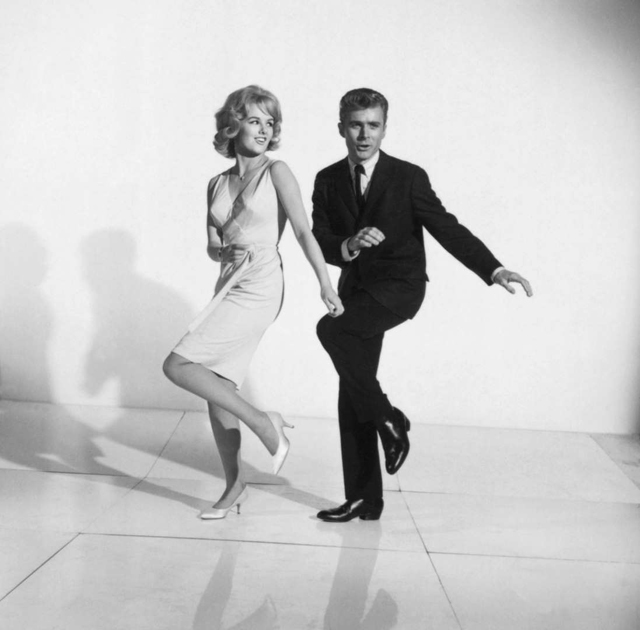
- Apparently, she protected you in this way.
- Probably. But in the end, I inherited a task for which I was not prepared. My grandmother believed in me more than I did myself.
- It seems to me that you are doing everything right. Assal admires you, says that her older sister replaced her parents. I think you are wrong to complain.
Afdera said nothing, and they went to the main building, where Kolayani was giving a lecture on the history of the Middle Ages. Rezek Badani introduced the professor to Baptism Brooks in the early seventies, when she had just acquired a book of Judas.
The professor had a good idea about the book, but Baptism assured him that the book had not been found in Jebel Karar, but in Jabal el-Tun. Apparently, Kolayani and Eoland strongly advised Badani to sell her the manuscript.
Both of them were well known to Egyptian antiquities dealers both in Cairo and in other places where old manuscripts were offered for sale, and tried to buy all the papyri that came across their eyes.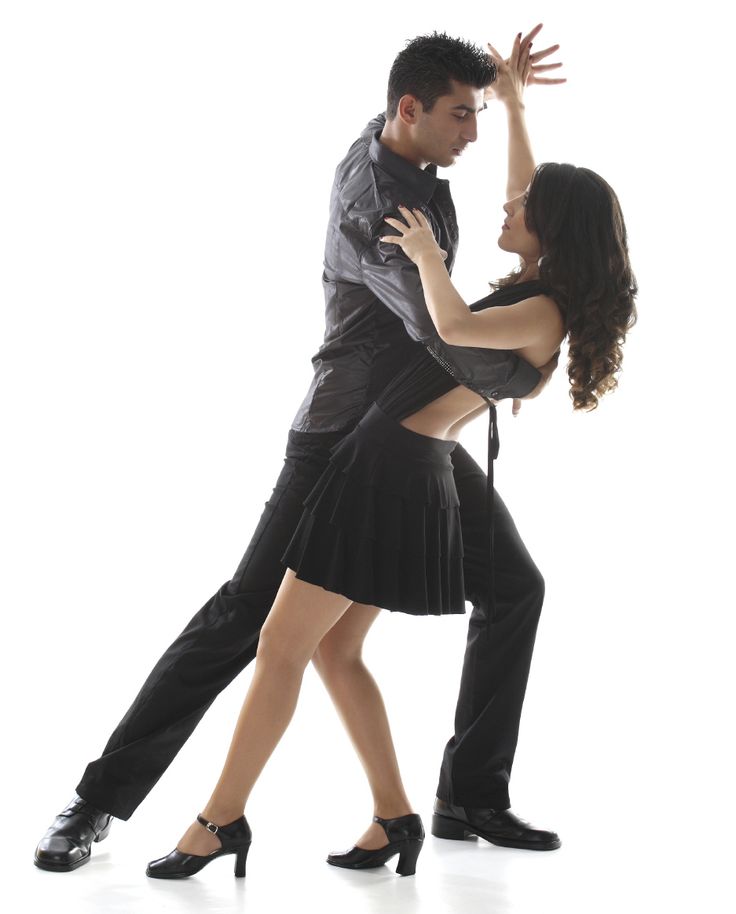 In ancient times, this material did not seem to be something special, but now papyri were considered an unusually valuable find.
In ancient times, this material did not seem to be something special, but now papyri were considered an unusually valuable find.
Eoland probed the merchants, asking them various questions. In the codices, such as the one belonging to Baptism, or those found at Nag Hammadi, papyrus sheets were bound and sewn together. Kolayani and Eoland worked for Vassilis Kalamatiano. They managed to find out the true age of the book, on which its value directly depended, by examining the way the sheets were connected.
Afdera and Max approached the audience. They peered through a small window and saw the students recording the lecture and asking questions of a tall, thin man with a mop of snow-white hair. Round spectacles gleamed on his handsome brown face. Soon the lesson came to an end, the students began to leave the room.
Afdera preferred to wait until the professor was alone. He was about to go out into the corridor when the girl stopped him.
— Professor Kolayani? I'm Afdera Brooks, granddaughter. ..
..
"Baptism Brooks, of course," he finished. - Please, come to my office. We can have a conversation there. He shifted his gaze to Cronauer: “Whom do I have the honor of?..
“Professor, excuse me,” Afdera intervened. — This is Maximilian Kronauer, a great friend of our family, an expert on early Christianity.
— Come to me. The professor chose not to notice Cronauer's outstretched hand.
The presence of a stranger obviously embarrassed him.
"Badani told me that the conversation would only be between us," he remarked disapprovingly.
Kolayani's office was in chaos, the usual for many scientists. Along the high walls were wooden shelving with books on the history of the Crusades. Each of them was provided with a special label. There was a gap between the shelves. In this place, a piece of a 14th-century tombstone hung on the wall. It depicted a knight with a large shield, and next to him was some mythical beast, either a winged lion or a dragon.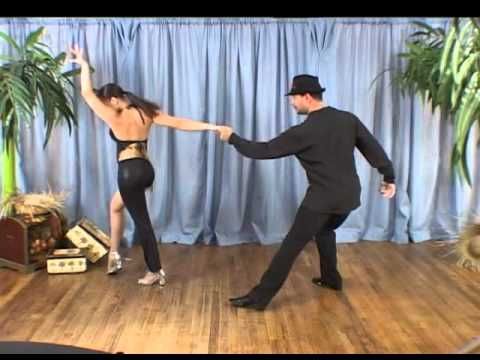
Kolayani placed the lecture papers on top of the pile of books and folders on the table. As he moved towards the leather chair to free it from the books, the stack collapsed with a crash. The professor again erected an unstable tower, but now on the floor.
"Sorry, I don't have time to deal with this damned chaos," he said. - Sit down, please, where there is a place.
Afdera sat on the edge of her chair, with volumes of the Encyclopædia Britannica of the Crusades serving as her back. Max perched on a stool so low that his knees almost rested on his chin. Afder was greatly amused by this.
— So, what do you want from me, Signorina Brooks?
- Call me Afdera, okay?
- Agreed. What do you want, Afdera?
- I need information.
- Which one exactly?
- About the book of Jude. About what you discovered while working for Calamatiano. Tell us what you know about the book and the role of St. Louis...
- You don't have to specify.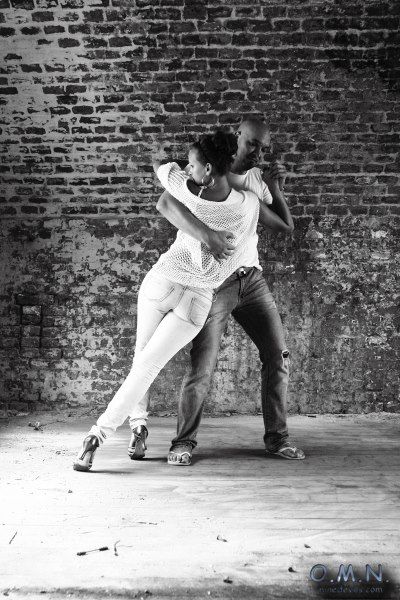 I'll tell you everything that Charles and I managed to find out. Or rather, what I can tell you without violating the non-disclosure agreement concluded with Mr. Calamatiano. What interests you first of all?
I'll tell you everything that Charles and I managed to find out. Or rather, what I can tell you without violating the non-disclosure agreement concluded with Mr. Calamatiano. What interests you first of all?
— I visited that very cave and saw three sarcophagi in it. One was covered with a red cloth. In it rested the body of a crusader, covered with a shield. I know that he fought in the army of Saint Louis. On his eyes and in his mouth were coins with the coat of arms of the French king. Why were these knights guarding the book of Jude?
- To begin with, let me give you an overview of the era in which these warriors lived and fought, including your knight. In the first half of the thirteenth century, the Muslims captured Jerusalem. European monarchs were too busy with their own affairs, and only Louis the ninth, king of France, decided to make another attempt to recapture the holy city. In June 1248, he left Paris with his brothers and members of the nobility, including the Count of Flanders and the Duke of Brittany. In September, they reached Cyprus, hoping to spend the winter on the island, but the plague began to mow down the royal army, and their morale fell greatly. However, Louis was not going to give up. Reinforcements arrived in the spring, and the French sailed to Egypt, from where they intended to go to Jerusalem. Their first conquest on Egyptian soil was Damietta, taken on June 7, 1249. - Without interrupting the story, Kolayani began to rummage through the shelves, pulled out an old illustrated codex from the shelf and began to leaf through it. “Here, look.
In September, they reached Cyprus, hoping to spend the winter on the island, but the plague began to mow down the royal army, and their morale fell greatly. However, Louis was not going to give up. Reinforcements arrived in the spring, and the French sailed to Egypt, from where they intended to go to Jerusalem. Their first conquest on Egyptian soil was Damietta, taken on June 7, 1249. - Without interrupting the story, Kolayani began to rummage through the shelves, pulled out an old illustrated codex from the shelf and began to leaf through it. “Here, look.
Miniature depicting Louis and his fleet attacking Damietta.
“Good start,” said Afdera.
- Yes, but because of his impetuous nature, the king did not wait for reinforcements and decided to take Cairo with the available forces. Military history shows that it is easier to capture a point than to hold it. The flood of the Nile waters prevented the advance of the crusaders, but in November, Louis nevertheless decided to undertake a march on Cairo.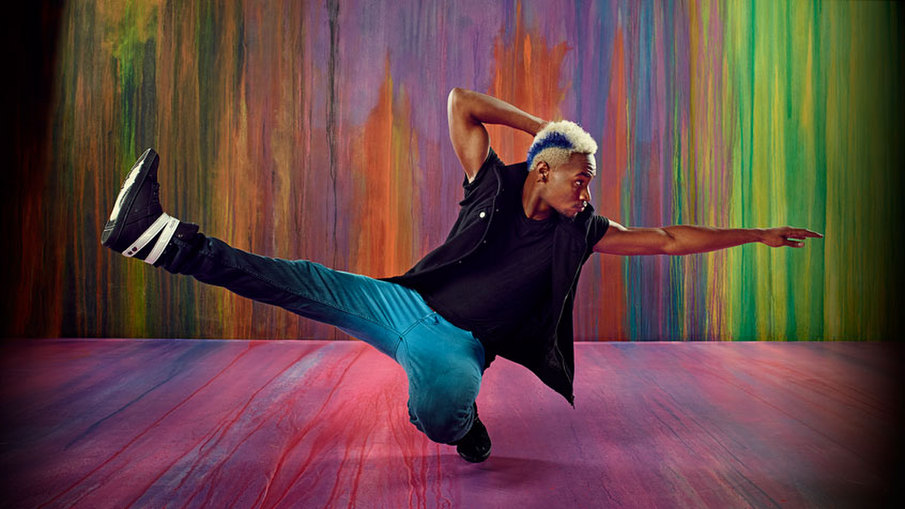 In April 1250, the royal army was defeated at Mansura.
In April 1250, the royal army was defeated at Mansura.
— What happened to the king? Max asked.
- Ill, shocked by the defeat, he decided to return to Damietta, but on the way he was captured and was released only after paying a ransom. After that, Louis immediately left Egypt. Together with his closest associates and the remnants of the army, he headed for the fortress of Saint-Jean-d'Acre. Among his soldiers were the brothers Philip and Hugo de Fratens, as well as the Varangians.
“I didn’t know that the Scandinavians participated in the Crusades,” Max was surprised.
- These were mercenaries who, in their free time from military campaigns, were engaged in trade and piracy. They traveled to the Caspian Sea and Constantinople. Sources first mention the Scandinavians in the middle of the ninth century, when they appear in the entourage of the emperor Theophilus. Soon, like true mercenaries, they rebelled against their master and in the year 860 attacked Constantinople.




